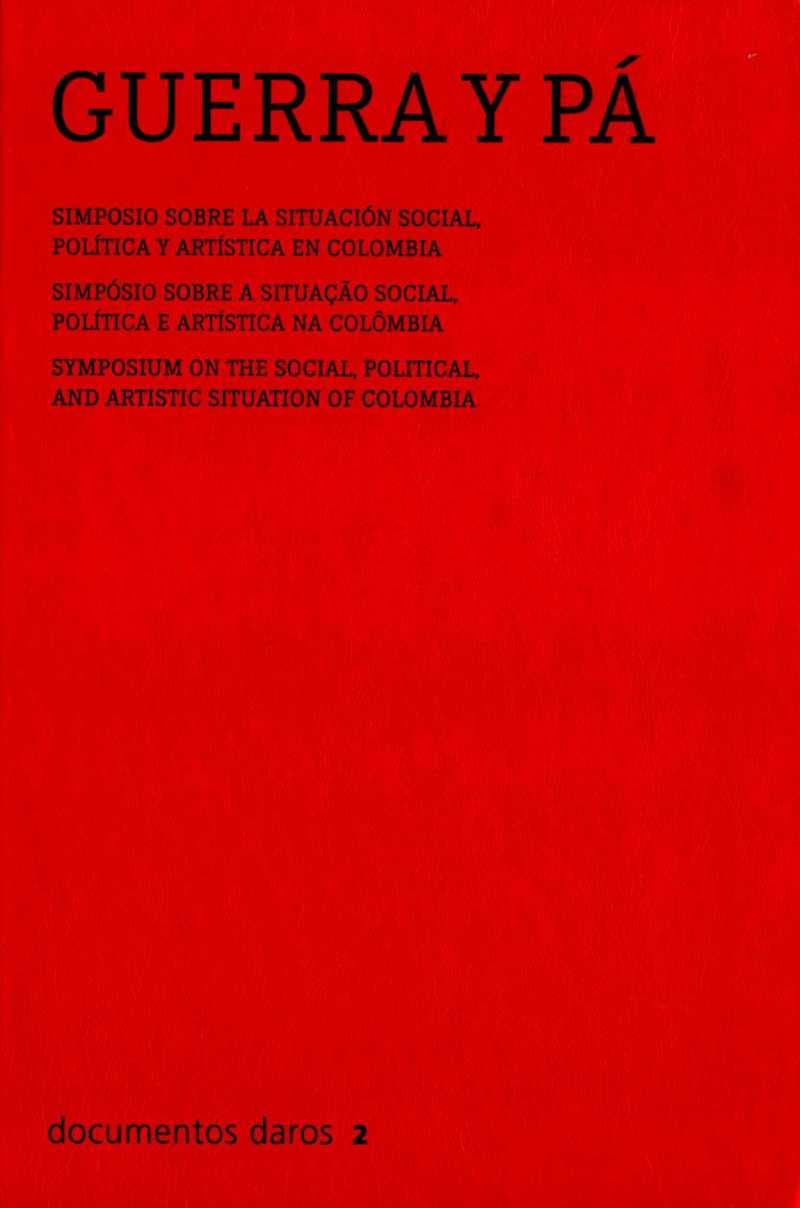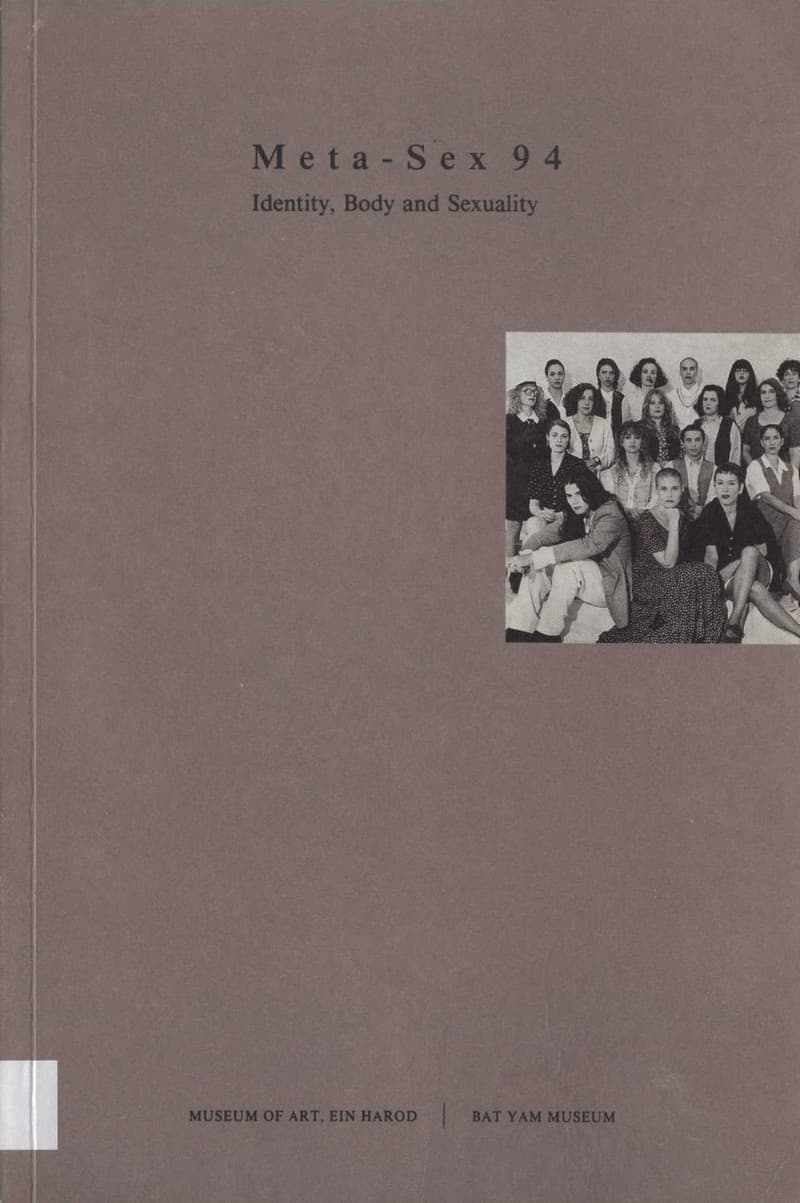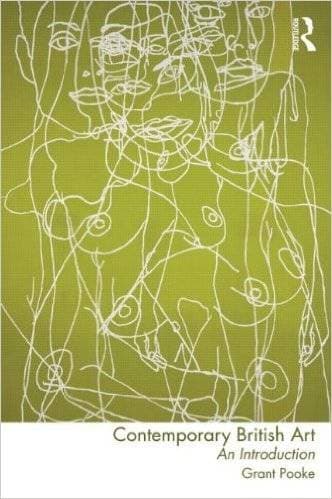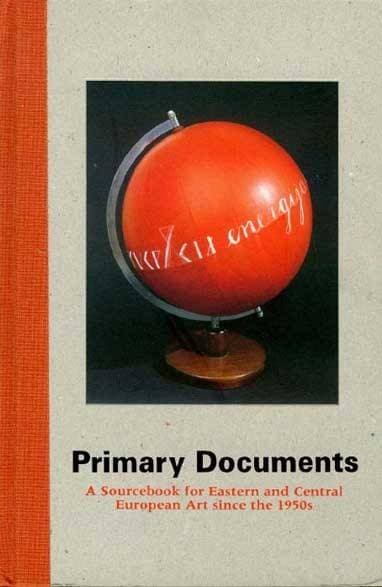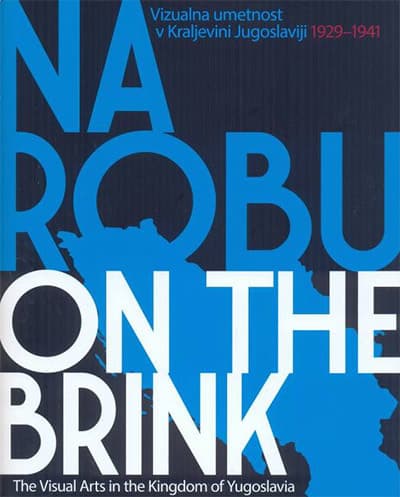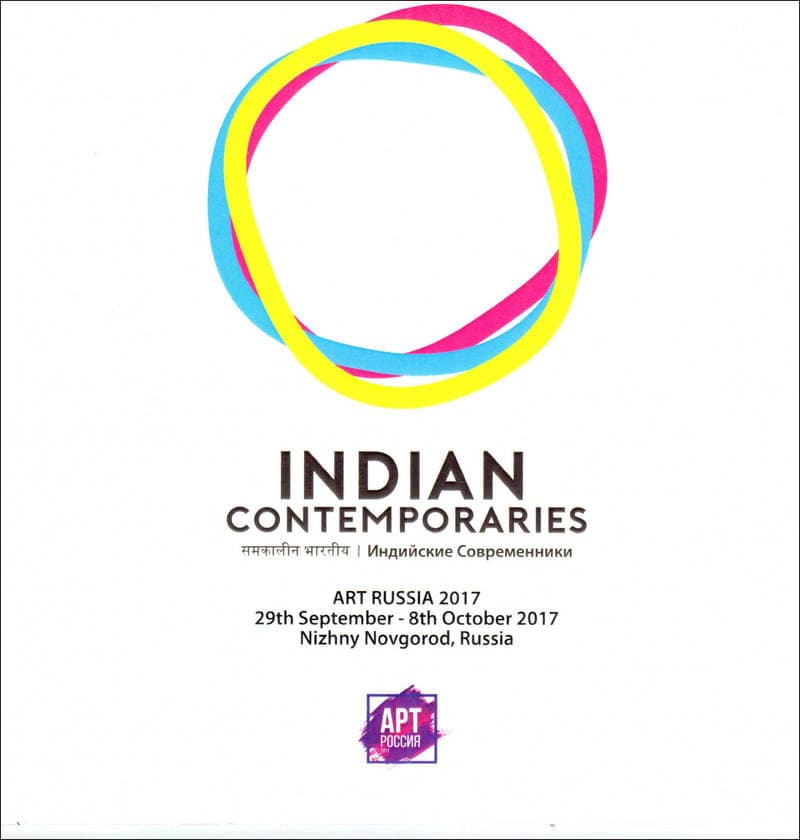Hemispheric Integration: Materiality, Mobility, and the Making of Latin American Art
Exploring art made in Latin America during the 1930s and 1940s, this edition argues that Latin America's position within a global economic order was crucial to how art from that region was produced, collected, and understood. The author analyzes art's relation to shifting trade patterns, geopolitical realigments, and industrialization to suggest that it was in this specific era that the category of Latin American art developed its current deffinition. Focusing on artworks by Latin American modernists such as David Alfaro Siqueiros, Joaquín Torres‑García, Candido Portinari, and Mario Carreño, Vicario emphasizes the materiality and mobility of art and their connection to commerce, namely the exchange of raw materials for manufactured goods from Europe and the United States. An exeptional examination of transnational culture, this book provides a new model for the study of Latin American art.
Details
1930s, 1940s, Argentina, Brazil, Art history and art criticism, Columbia, Cuba, Latin America, Mexico, Modernism, Monumental art, Peru, USA, Uruguay, Chile, Economy
Siqueiros David Alfaro, Portinari Candido, Carreño Mario, Torres‑García Joaquín, Rivera Diego, Kirstein Lincoln
Berkeley, California
2020
314 pages
9780520310025
Available on request
Yes
Yes
709.4 Лат
- Guerra y pá. Simposio sobre la situación social, política y artística en Colombia/ Symposium on the Social, Political and Artistic Situation of Colombia2006
- Homelands: Art from Bangladesh, India and Pakistan2019
- Meta‑Sex 94: Identity, Body and Sexuality1994
- Spirit of India2017
- Contemporary British Art: An Introduction2011
- Primary Documents: A Sourcebook for Eastern and Central European Art Since the 1950s2002
- Contemporary Japanese Sculpture1991
- Na robu = On the Brink: Vizualna umetnost v Kraljevini Jugoslaviji (1929–1941)2019
- Mexican Muralism: A Critical History2012
- Indian Contemporaries/ Индийские современники2017
- Culture and Consensus: England, Art and Politics Since 19402015
- Искусство нашего времени / Kunst unserer Zeit1997

